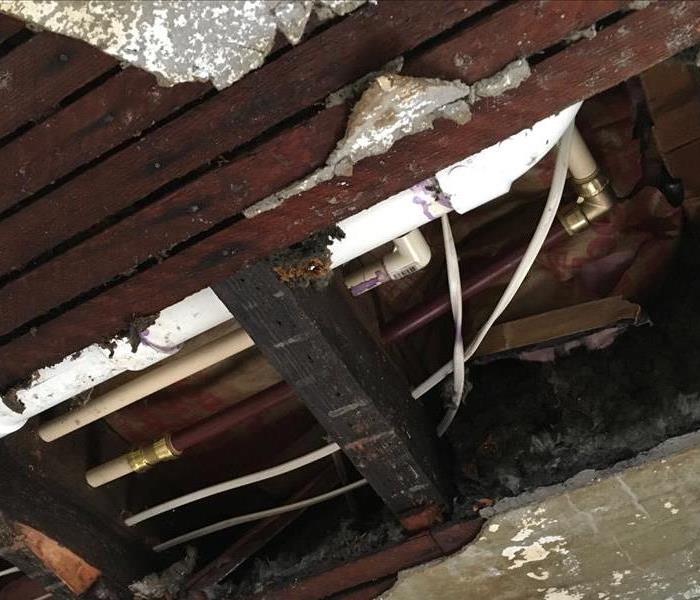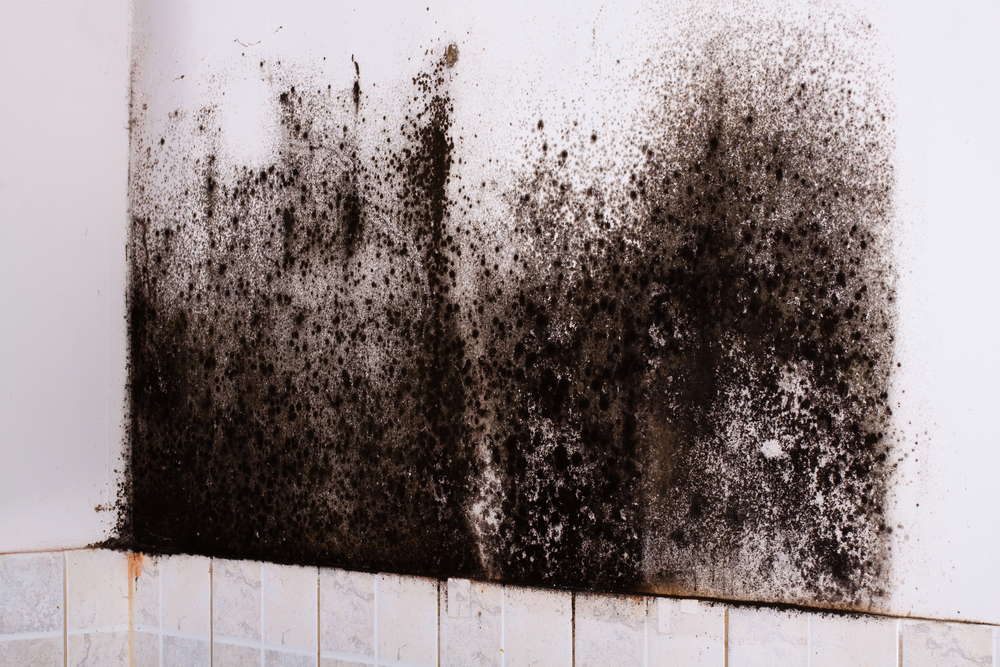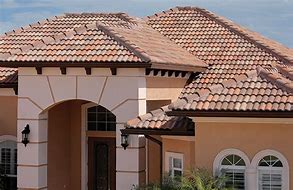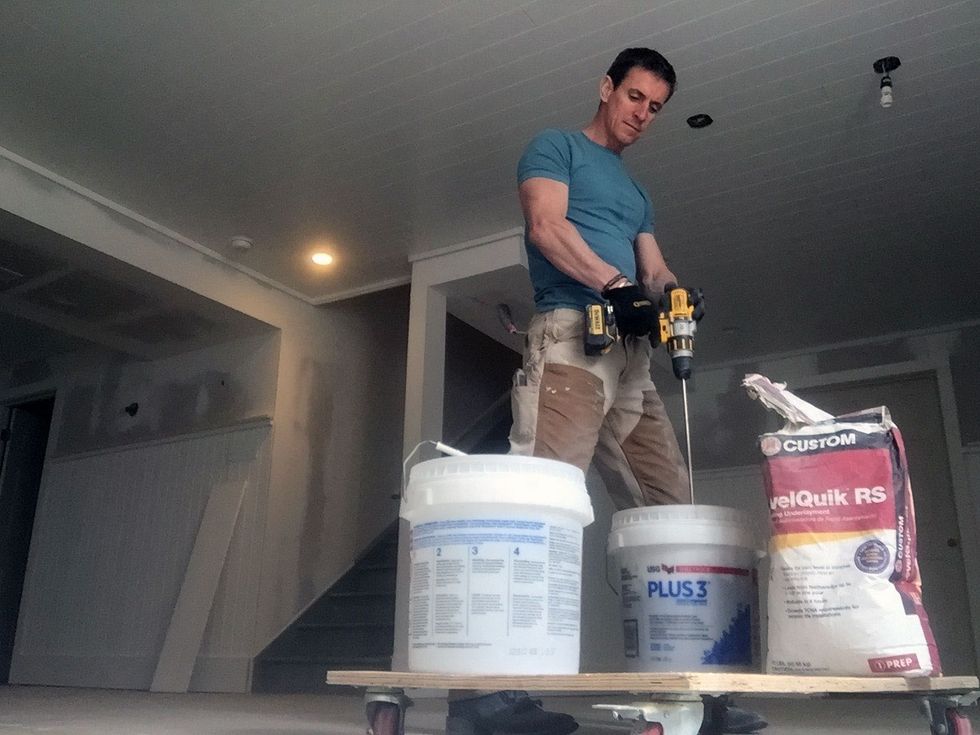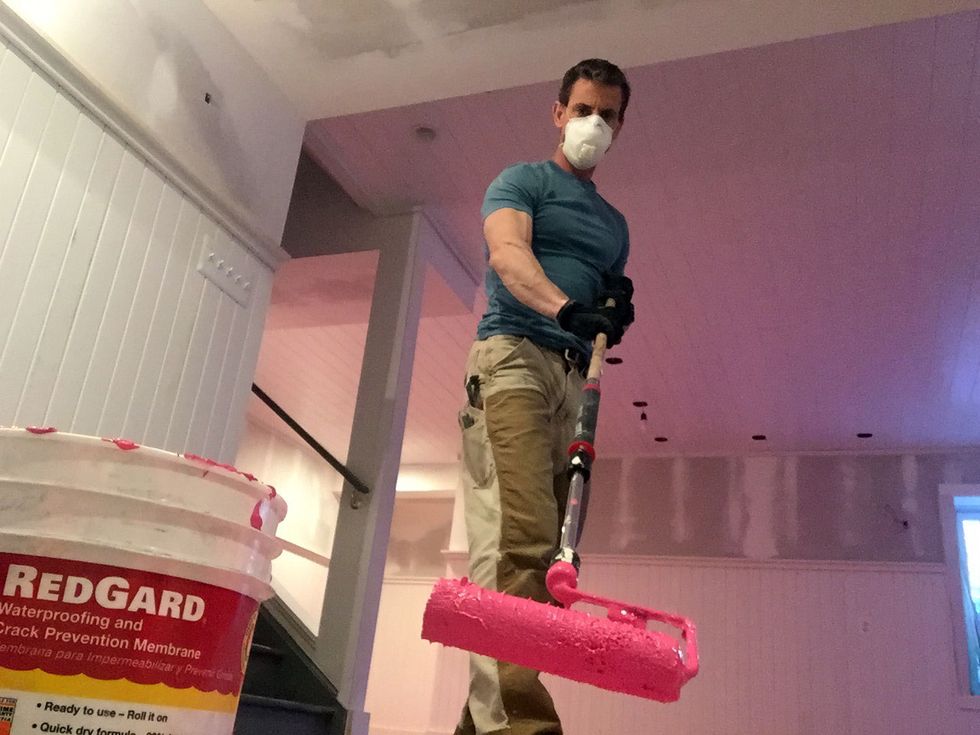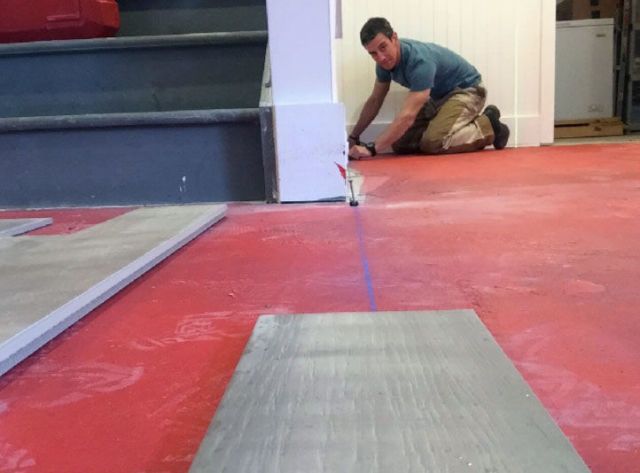Use Infrared Leak Detection to Protect Your Roof From Rot!
Infrared leak detection is powerful technology that can spot the signs of a leak before major damage can occur. While most people associate this service with their plumbing system, it has many other applications as well. For example, it can be used to spot a leak in a roof, such as after a severe thunderstorm. If caught early enough, the roof can be repaired before mold and rot start to develop.
What is Infrared Leak Detection?
Infrared leak detection is a tool that produced infrared light, which is invisible to the human eye. It shows the heat – or lack thereof – emitted by objects such as pipes and parts of a home’s structure. The type of system typically includes a camera that looks somewhat like a camcorder. This camera produces a picture that is monitored by a technician viewing a monitor. When used correctly, this system can provide an early warning of potential water retention so that the proper action can be taken to fix the problem.
Traditional inspections consist of a lot of guesswork and destruction of property. In order to find a leak using this method, professionals often need to tear out sections of a roof before they find the source of a problem.
If you are thinking of buying a home, this type of inspection can uncover potential leaks that can result in a great deal of damage if not properly addressed. This can lead to thousands of dollars in repairs and, in severe cases, can even compromise the integrity of the structure. If you have no plans to move but live in an area that was recently struck by a hailstorm, infrared leak detection can be an invaluable tool that could help you save a great deal of money.
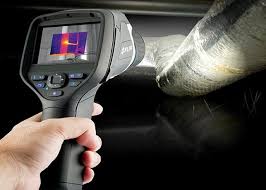
Why Uses Thermal Imaging
Thermal imaging is not exactly new technology, but the way we have evolved to use this technology to help us has changed in past years. More specifically, thermal imaging has grown in the tradie world, finding its way into the hands of plumbers.
Thermal imaging Solutions is one of these plumbing businesses utilising thermal imaging to help track leaks and assist them in doing their job more effectively and efficiently. But why are they using thermal imaging? And how does thermal imaging even work? Is it safe? All those questions and more are answered as we take you through why thermal imaging is a great tool for plumbers, and how Plan B Plumbing Solutions are using it for effective results.
What Is Thermal Imaging
If you’re not familiar with the term, thermal imaging is the use and method of using equipment that uses heat and thermal sensory and infrared to show images of objects through their temperature. It is especially helpful in low visibility areas, like the harder to reach and view areas of your home. Thermal imaging allows the user to locate problems and track issues that may not be visible to the naked eye, or issues that may be hidden.
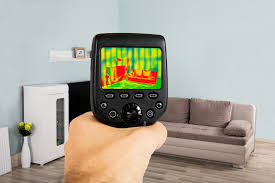
How can this technology be useful?
Moisture Detection in Walls and Ceilings – As demonstrated in this image the infrared scan or what we call thermal imaging is a great option to have. Thermal imaging can help identify water damage walls, floors, and ceilings. By revealing the difference in temperature between a wet area and the surrounding dry areas, we are able to detect moisture issues that otherwise would not have been discovered with a limited visual home inspection. This thermal imaging inspection can also identify areas where insulation was not properly installed and fails to insulate properly.
Plumbing Inspections – Water leaks from the plumbing system often leak undetected until major damage has occurred. We can scan in, under, and around plumbing fixtures in the home to determine if there is active leaking going on. Since this tool is not a moisture meter we will use it to find heat anomalies and then pursue the issue further to attempt to determine the source and cause of the leak.
Thermal image scanning can detect temperature anomalies in the plumbing system not visible to the naked eye which may be a precursor to a larger issue. The resulting Thermal Image Scan report can be a great aid for the repair plumber hired to address the identified issues.
Stucco & EIFS Inspections – Thermal image scanning has greatly improved our ability to perform stucco and EIFS moisture intrusion inspections. If there is rot behind the stucco it is often visible with thermal imaging in the form of heat anomalies. Thermal image scanning also helps to quantify the affected areas of moisture damage. By adding this tool to our stucco inspections we have been able to better identify where the trouble areas are that need repair.
Wood Destroying Insect Activity – Significant wood destroying insect activity can Find termites with our thermal imaging inspection servicebe detected using this technology due to the heat generated by active infestations. That’s right, active termite activity produces a great deal of heat that is often visible to the infrared camera. Minor activity may not be detectable but areas not normally visible to the naked eye can be identified, and then a more invasive or technically exhaustive inspection can be carried out by the appropriate professional.
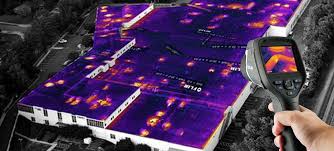
What Thermal Image Scanning is NOT?
MOISTURE METER – The infrared thermal imaging camera is NOT a moisture meter. It simply identifies thermal anomalies. This device greatly aids in identifying areas that need further investigation.
X-RAY VISION – The infrared thermal imaging camera is NOT an X-ray vision scope. It does not provide the user with an immediate Superman S on their chest with the ability to clearly see inside walls. Instead, it identifies thermal differences.
SILVER BULLET – The infrared thermal imaging camera is NOT a silver bullet solution, but when it is used in conjunction with other technologies thermal imaging has helped us to identify issues that are rarely identified during the limited visual home inspection process.
RISK ELIMINATOR – The infrared thermal imaging camera does NOT completely remove the risks of concealed damage.
PLEASE NOTE: It is deceptive to claim that thermal imaging detects moisture because the best that it can do is detecting thermal differences. Using the infrared camera to help discover moisture issues are helpful because once the anomalies are identified then moisture meters and other diagnostic tools can be used to identify the source of the anomaly.
Using Technology for Mold Claims
The time saved using infrared, and the larger areas covered rapidly by an IR Camera, can save time and money by providing a faster, more efficient and more reliable survey. An IR camera can detect moisture located behind interior walls under the right conditions. The temperature difference created by the presence of moisture on the inside surface of a wall will appear differently than the surrounding area. IR and IT experts recommend that property owners or their insurers should use IR cameras and IT for moisture detection under the following circumstances.
- After any water damage event like a flood, broken water lines, equipment failure, roof leaks, etc.
- Before warranty expiration on new construction. (In many cases, those damp basement walls are explained away as “during construction” moisture. It pays to make sure before warranty expiration.)
- Before acquiring real estate suspected of having hidden moisture damage. (Don’t believe the story about the house has been vacant and closed up. Musty odors are caused by moisture.)
- When basement walls are covered by finish materials, and the inspector cannot give a definitive answer on moisture issues.
- When suspected plumbing leaks have occurred from in-slab water supply and/or waste lines.
- When doors, windows, or other openings in the structure are suspected of leaking.
- When performing an energy audit of the building to determine areas of infiltration and exfiltration.
- To determine adequacy of insulation. Wet insulation is a poor insulator but is a great conductor of heat.
- Infrared inspection of the roof can determine potential for ice dams, plugged drains, and water retention that may cause roof damage and/or leakage.
- Locating hidden leakage and/or dampness under resilient flooring.
- Locating wet areas in non-accessible crawlspaces.







